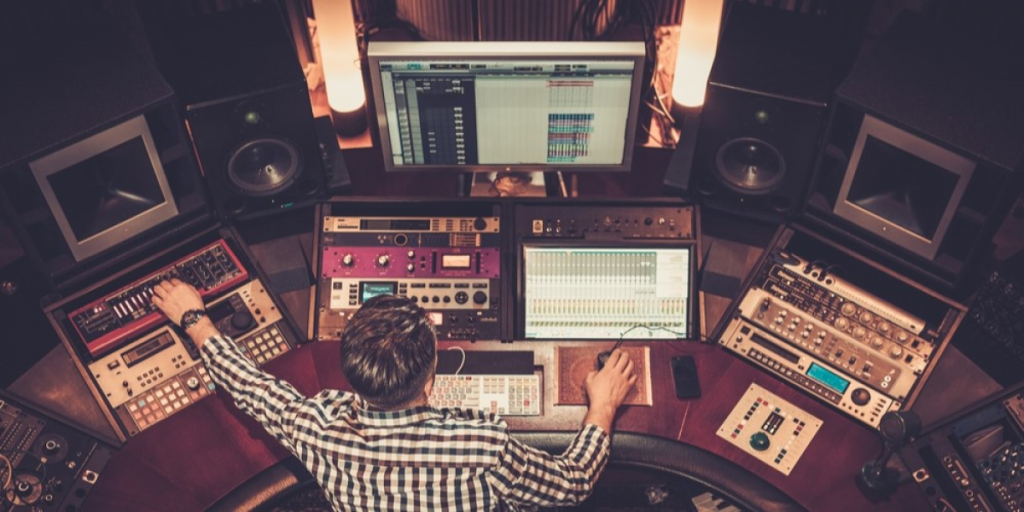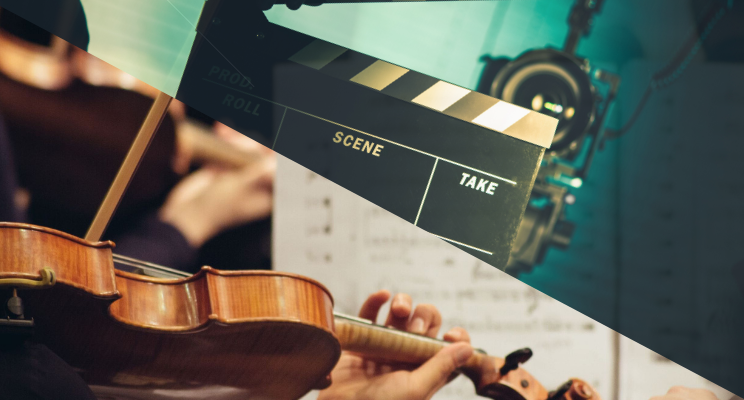Music is an essential component of the cinematic experience, playing a pivotal role in shaping the emotional impact, atmosphere, and narrative flow of films. From the stirring orchestral scores of epic blockbusters to the carefully curated song selections of independent dramas, soundtracks have the power to immerse viewers in the world of the film and evoke powerful emotional responses. In this exploration, we delve into the multifaceted role of music in film, examining how composers and filmmakers use soundtracks to enhance storytelling and captivate audiences.
Setting the Mood
One of the primary functions of music in film is to establish and enhance the mood or tone of a scene. Whether it’s a suspenseful chase sequence, a tender romantic moment, or a thrilling action set-piece, the right musical accompaniment can heighten tension, evoke empathy, or elicit a visceral emotional response from viewers. By carefully selecting music that complements the visual imagery and narrative context, filmmakers can amplify the impact of their storytelling and immerse audiences more fully in the cinematic experience.
Creating Emotional Resonance

Music has the power to tap into our deepest emotions and amplify the emotional stakes of a film. A poignant melody or swelling crescendo can evoke feelings of joy, sorrow, nostalgia, or triumph, allowing viewers to connect more deeply with the characters and themes of the story. By underscoring key emotional moments with music, filmmakers can elicit empathy, sympathy, or catharsis from their audience, forging a powerful emotional bond that lingers long after the credits roll.
Enhancing Narrative Structure
In addition to shaping mood and emotion, music plays a crucial role in structuring the narrative of a film. By using leitmotifs, recurring musical themes associated with specific characters, locations, or plot elements, composers can establish continuity and cohesion throughout the film’s narrative arc. These motifs serve as musical signposts, guiding viewers through the story and reinforcing key plot points or character developments. Additionally, music can be used to mark transitions between scenes, indicate shifts in time or perspective, or underscore the thematic resonance of a film’s central themes.
Building Atmosphere and Immersion
Music is also instrumental in creating a sense of atmosphere and immersion within the world of the film. By evoking specific musical styles, genres, or cultural traditions, composers can transport viewers to different times, places, or cultural milieus, enhancing the film’s sense of authenticity and verisimilitude. Whether it’s the jazzy rhythms of a film noir, the haunting melodies of a period drama, or the pulsating beats of a sci-fi epic, music can transport viewers beyond the confines of the screen and into the heart of the cinematic universe.
Promoting Branding and Recognition
In addition to its narrative and emotional functions, music in film can also serve practical purposes, such as promoting branding and recognition for filmmakers and studios. Iconic theme songs or musical motifs associated with popular film franchises can become instantly recognizable trademarks, helping to generate buzz, build anticipation, and foster audience loyalty for sequels, spin-offs, and related merchandise. Similarly, the use of licensed music in film can help to reinforce brand identity, appeal to target demographics, and enhance marketing efforts both on-screen and off.

In conclusion, the role of music in film is multifaceted and far-reaching, encompassing mood-setting, emotional resonance, narrative structure, atmosphere-building, and branding considerations. By collaborating closely with composers, music supervisors, and sound designers, filmmakers can harness the transformative power of music to elevate their storytelling, captivate audiences, and leave a lasting impression on viewers. From the iconic scores of Hollywood classics to the innovative soundtracks of contemporary indie darlings, music continues to enrich and enliven the cinematic experience in ways both profound and unforgettable.
For further exploration of the role of music in film, visit Root Hog Music (https://roothogmusic.com/), where you can discover a diverse selection of soundtracks, behind-the-scenes insights, and resources for aspiring filmmakers and music enthusiasts alike.




